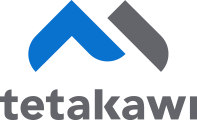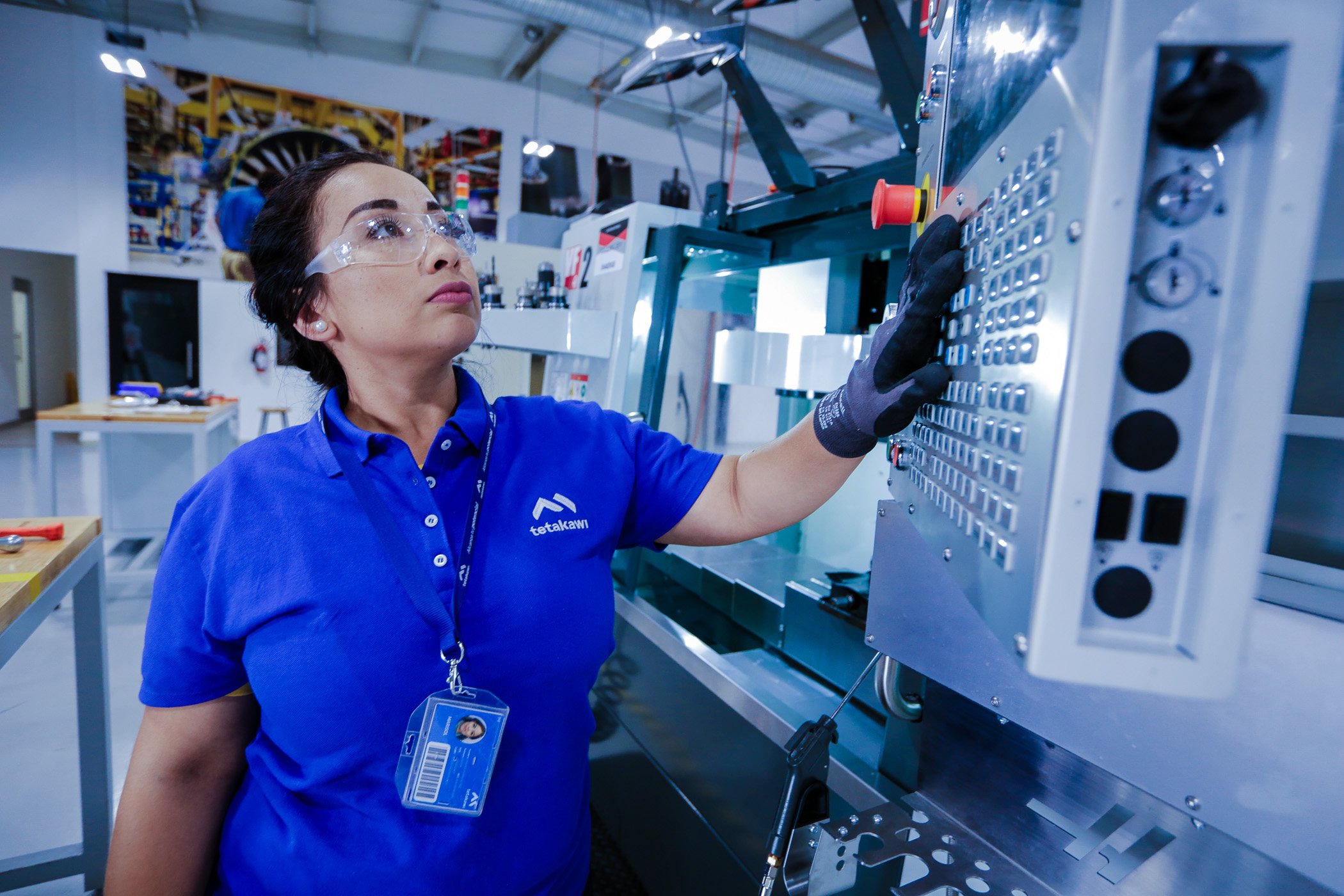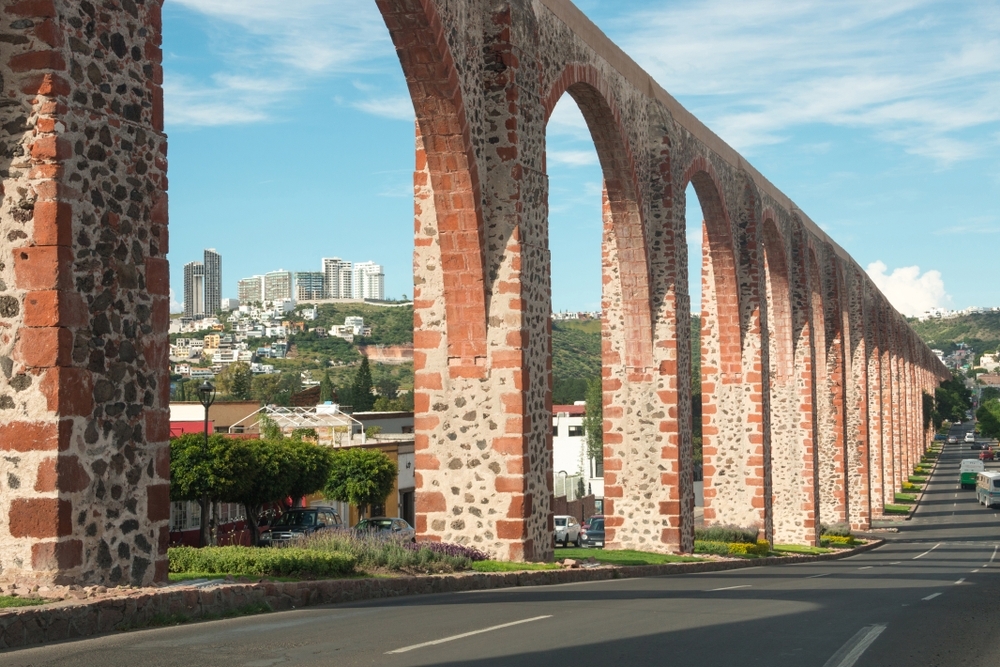When executives consider expanding into Mexico, the conversation typically centers on cost, supply chain resilience, and proximity. Those factors matter. But one of the advantages most often overlooked, and arguably the one that makes every other benefit sustainable, is Mexico’s system of technical education.
This is the story of how Mexico built a workforce engine designed not for the next quarter, but for the next generation, and why manufacturers who understand it can scale faster, cheaper, and with greater stability than almost anywhere else in the world.
The Global Labor Crunch
Every manufacturing leader feels it: the quiet drag of a workforce constraint that’s no longer cyclical but structural. The United States is projected to face a shortfall of 1.9 million skilled manufacturing workers by 2033, according to Deloitte and The Manufacturing Institute. Canada expects to lose roughly 700,000 skilled tradespeople by 2028 due to retirements alone. Across Europe, similar trends threaten output and innovation.
Factories are modernizing, but the bottleneck isn’t technology, it’s people. And not just engineers or managers, but the skilled technicians who calibrate, assemble, inspect, and maintain the systems that keep production lines moving. It’s the layer that quietly determines whether strategies succeed or stall.
While other countries debate how to rebuild their technical education systems, Mexico already has one.
Mexico’s Countermove: Building Capability by Design
Mexico didn’t stumble into a workforce advantage, it built one deliberately. Beginning in the 1970s, as industrialization accelerated, the Mexican government invested heavily in a national network of technical and vocational schools to align education with industrial growth. That decision created an enduring structural advantage that continues to compound today.
At the heart of that system is CONALEP (Colegio Nacional de Educación Profesional Técnica), founded in 1978 as a response to industry demand for specialized technicians. Today, it operates 313 campuses nationwide and enrolls more than 320,000 students each year.
Supporting CONALEP is a broader network that includes CBTIS, CETIS, and CECyTE schools under the Dirección General de Educación Tecnológica Industrial (DGETI), which together account for over 450 additional campuses. These schools focus on applied skills: mechatronics, industrial maintenance, welding, electromechanics, machining, and quality assurance.
Above them sit Mexico’s Technological and Polytechnic Universities, which provide short-cycle applied degrees that bridge the gap between technician and engineer, producing automation technologists, production supervisors, and maintenance planners.
This multi-tiered structure forms one of the most comprehensive technical education networks in the Western Hemisphere.
How the System Works and Why It Matters
For manufacturers, the real value of this network lies in its ability to connect learning to labor.
Dual Education: Where Classrooms Meet the Factory Floor
Mexico’s Modelo Mexicano de Formación Dual (MMFD) integrates technical training with hands-on industry experience. Students split time between the classroom and the factory floor, applying what they learn while still in school. Employers, in turn, shape curricula and identify top talent before graduation.
This is not pilot-scale. It’s an embedded policy, supported by the Secretariat of Public Education (SEP) and increasingly adopted across Mexico’s industrial regions. The result: graduates who are not just employable, but productive from day one.
Predictable Pipelines and Regional Depth
Because the system is national, data is public. Executives can quantify labor availability by discipline, region, and graduation cycle. For example, the CONALEP network alone produces tens of thousands of graduates each year in industrial maintenance, mechatronics, and quality control.
That predictability allows manufacturers to model expansion plans with confidence—knowing the talent supply chain is steady, not speculative.
Workforce as Infrastructure
This is the key insight: Mexico treats technical education as infrastructure, not charity. Every new school, every partnership, every dual-education placement strengthens the country’s industrial foundation. Where other nations are scrambling to rebuild their middle-skill workforce, Mexico never dismantled it.
A Geography of Talent: Where Technical Education Meets Industry
Mexico’s technical schools don’t operate in a vacuum, they mirror the country’s industrial geography.
-
Sonora specializes in aerospace, precision machining, and advanced metrology. The state’s technical institutes align directly with its aerospace cluster in Hermosillo and Guaymas.
-
Coahuila is anchored by automotive and heavy manufacturing, with mechatronics and industrial maintenance dominating local curricula.
-
Sinaloa, particularly Mazatlán, represents Mexico’s next frontier. Its technical institutions are expanding programs in mechatronics and automation to serve the growing coastal manufacturing corridor.
For executives evaluating site locations, this regional specialization offers a powerful lens: choose not just where costs are lower, but where capabilities are deeper.
Why Labor Scalability Should Guide Where You Manufacture in Mexico →
What Executives Should Take Away
If you’re expanding manufacturing capacity, three questions matter:
-
Can you scale? Mexico’s technical schools ensure a continuous flow of trained technicians who can be onboarded quickly.
-
Can you sustain? The dual-education model embeds retention, graduates build loyalty early by training within your ecosystem.
-
Can you future-proof? As automation advances, demand will shift toward technicians capable of managing complex systems. Mexico’s applied programs already train for that reality.
Companies that approach Mexico’s workforce as an asset to engineer, not a variable to react to, gain a structural advantage their competitors can’t easily replicate.
Executive Playbook: Turning Workforce Data into Strategy
Before choosing a site, map your talent infrastructure with the same rigor you apply to logistics or cost modeling:
-
Identify all technical institutions (CONALEP, CBTIS, CETIS, CECyTE, Technological Universities) within a 60-minute radius.
-
Quantify graduate output by discipline and program.
-
Review dual-education participation rates.
-
Align job roles with available training programs.
-
Model retention potential based on local industry density and competition.
This is how you design for resilience, not reaction.
Why Mexico’s Model Is Built for What Comes Next
As manufacturing shifts toward advanced automation, demand for mid-skilled technicians, people who understand both mechanical systems and digital controls, will surge. The World Economic Forum projects that 44% of workers’ skills will be disrupted by 2027, with mechatronics and maintenance at the forefront of reskilling demand.
Mexico’s system already trains for that balance: technical schools produce graduates fluent in both physical and digital manufacturing environments. That makes the country’s labor force not just abundant, but adaptable.
The Bottom Line
Cost and proximity open the door. But capability keeps it open.
Mexico’s technical education network is more than a pipeline, it’s an ecosystem that turns workforce reliability into a national advantage.
For executives making high-stakes decisions about where to build and how to grow, that’s the kind of infrastructure that doesn’t just support operations, it sustains them.
Subscribe
Sign up and stay informed with tips, updates, and best practices for manufacturing in Mexico.
Table of Contents:
- The Global Labor Crunch
- Mexico’s Countermove: Building Capability by Design
- How the System Works and Why It Matters
- Geography of Talent: Where Technical Education Meets Industry
- What Executives Should Take Away
- Executive Playbook: Turning Workforce Data into Strategy
- Why Mexico’s Model Is Built for What Comes Next
- The Bottom Line






